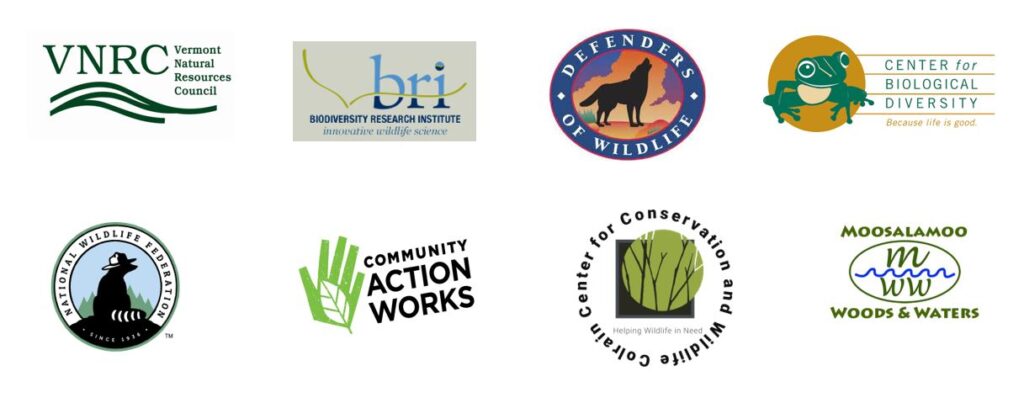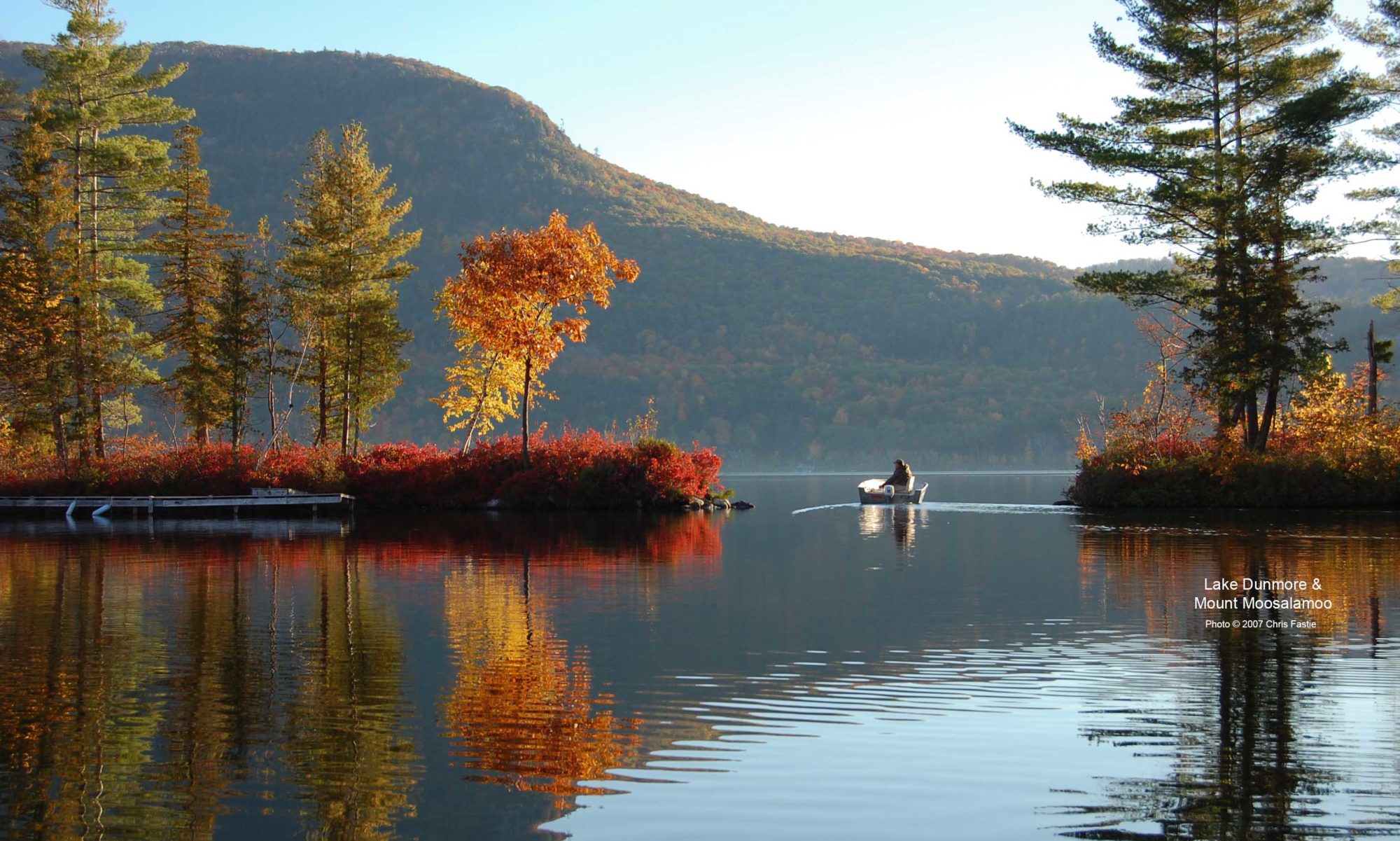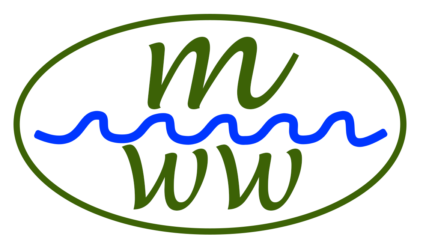Today, our Coalition submitted a letter to Julie Moore, Secretary of the Agency of Natural Resources. The four page letter presents our arguments that the Secretary should follow the recommendations of every independent scientist who has addressed the issue and require that BLSG apply for an incidental takings permit. You can see the letter here.
Our Coalition of wildlife conservation and environmental organizations is growing. We welcome Defenders of Wildlife which recently created a big win for bats when a federal judge ordered the U.S. Fish and Wildlife Service to determine whether the northern long-eared bat warrants listing as an endangered species. Jane Davenport, a senior attorney with Defenders of Wildlife, led this case and is supportive of our efforts to protect state- and federally listed bats in Vermont. Thank you to Jane Davenport and to all the members of our Coalition for recognizing the importance of these efforts to reduce the risk to bats from BLSG’s activities. This Coalition originally submitted the Arrowwood Report to the Agency of Natural Resources 18 months ago and has been patient and supportive since then.


